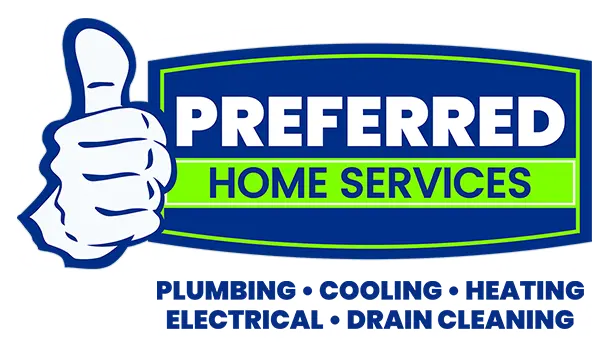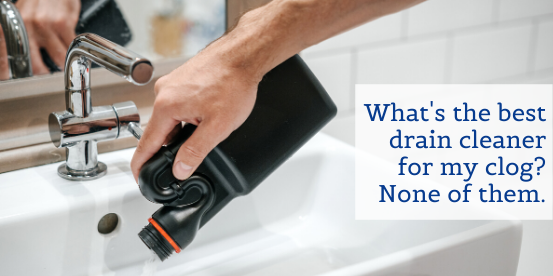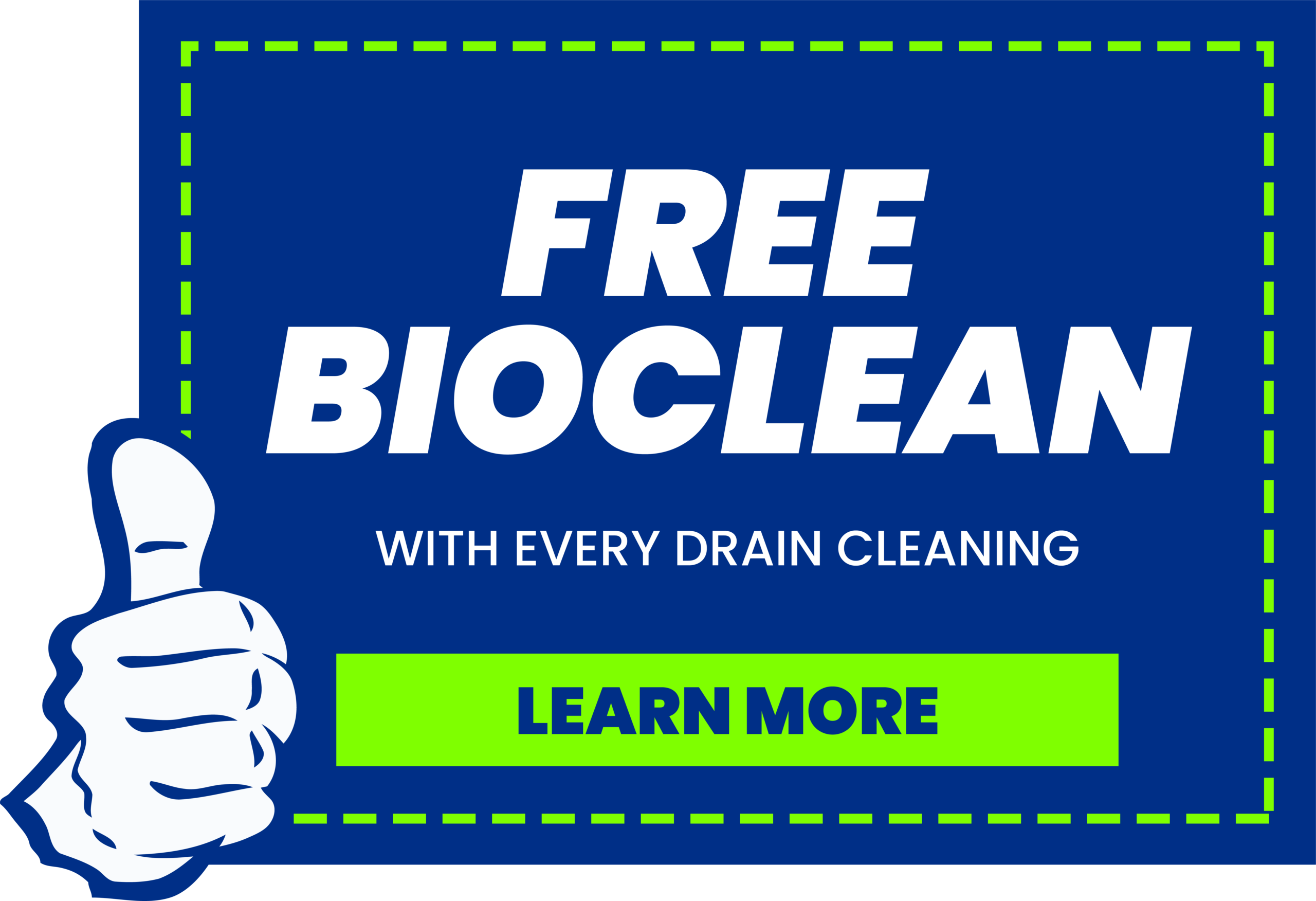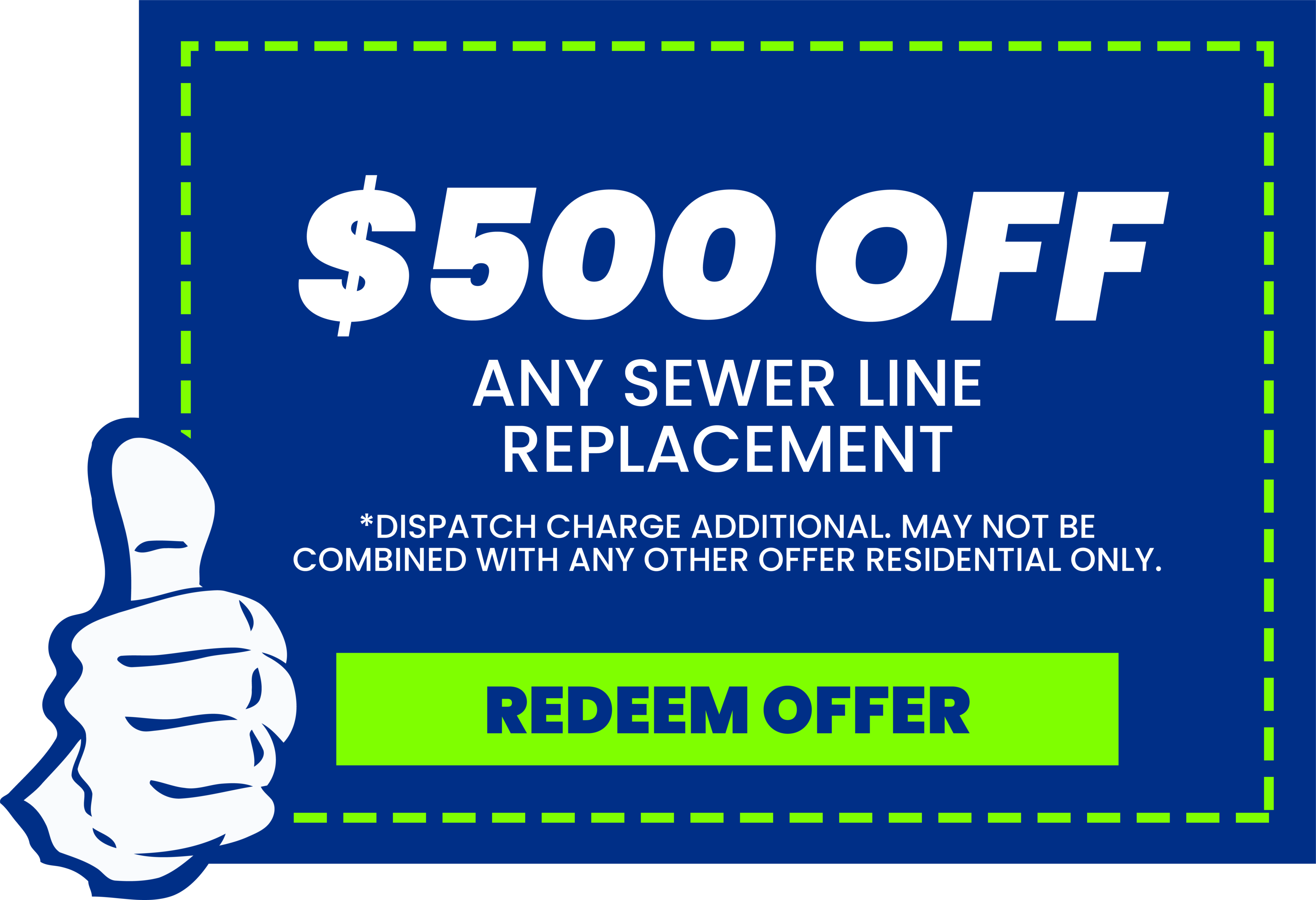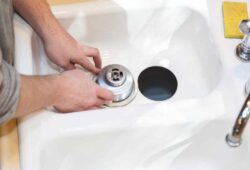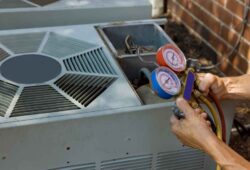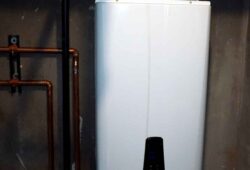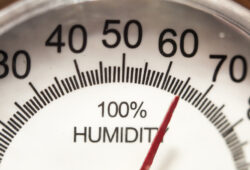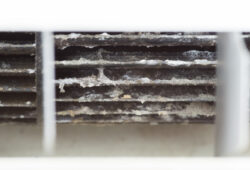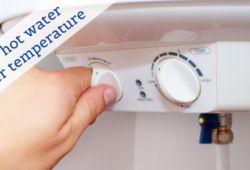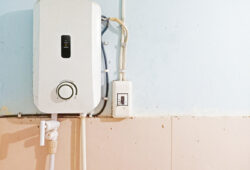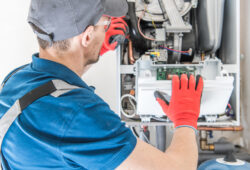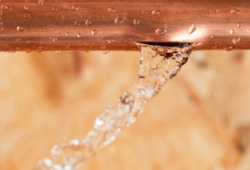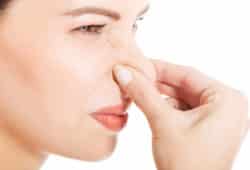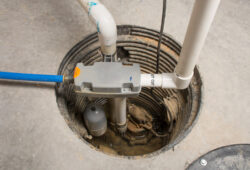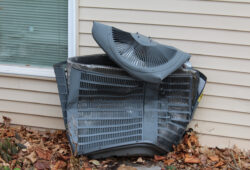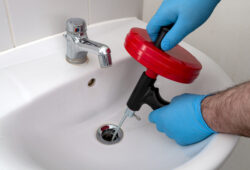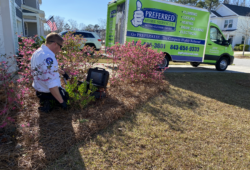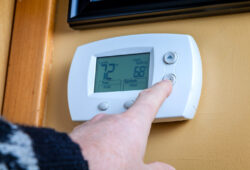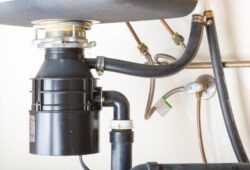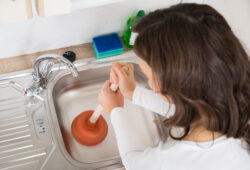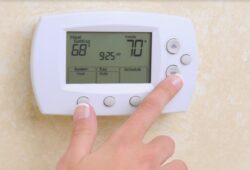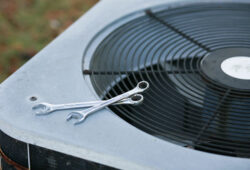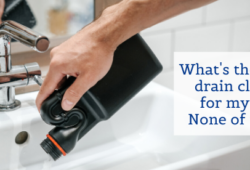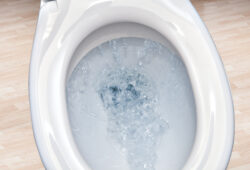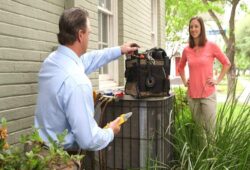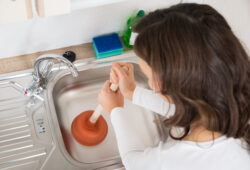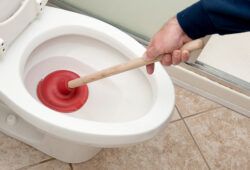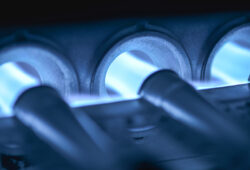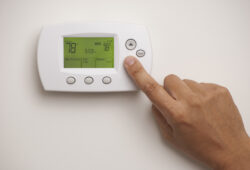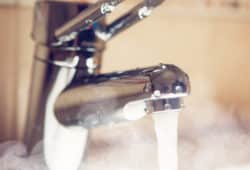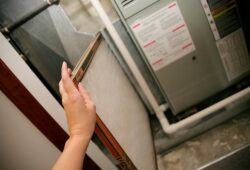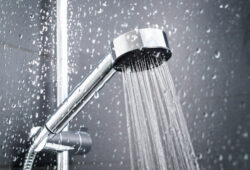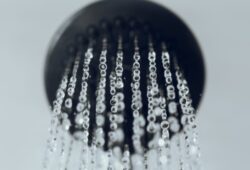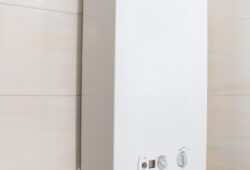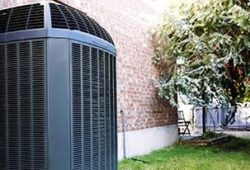The Hidden Dangers of Drain Cleaners
The common saying, “If they sell it everywhere, it can’t be THAT bad,” is the homeowner equivalent to the teenage gripe of “All my friends do it, why can’t I!” But when it comes to drain cleaners, this mindset can be dangerous.
Walk into any big box store, and you’re bombarded with a plethora of drain cleaners, each promising to tackle even the most stubborn clogs. Yet, these products come with a tiny box of warnings about inhalation toxicity, poisoning, and more. So, why are such hazardous products readily available? The answer: They’re seen as a quick fix.
Health Hazards
Liquid, gel, foam, crystal, and powder drain cleaners differ in formulation but usually contain a strong base or acid as their active ingredient. For instance, basic cleaners might have sodium hydroxide (lye) or potassium hydroxide, while others might contain acids like sulfuric acid.
Homeowners often mix different cleaning agents, either to tackle a tough clog or to layering one product over another. These chemicals can react violently. For example, mixing sulfuric acid with a base can produce scalding hot water. Even worse, combining a base + bleach cleaner with an acid-based cleaner can produce chlorine gas, a lethal chemical weapon.
3 Hidden Costs of Using Drain Cleaners
While many homeowners turn to drain cleaners as a quick solution for clogged pipes, it’s essential to understand the long-term implications of using these products. Beyond the immediate results, there are hidden costs and potential damages that can arise from their use. In this section, we’ll delve into three significant drawbacks that might make you reconsider reaching for that bottle of drain cleaner the next time you face a blockage.
- Temporary Solution: While drain cleaners might seem effective initially, they often just reduce the size of the clog. These smaller clogs can move deeper into the pipe system, catching more debris and leading to bigger blockages later on.
- Potential Damage to Pipes: Some drain cleaners cause exothermic reactions, producing heat that can deform and weaken pipes, including PVC.
- Chemical Reactions: The potent chemicals in drain cleaners don’t stop at the clog. They can continue to dissolve coatings and sealants in the pipes, leading to potential leaks.
Why Choose Preferred Home Services for Drain Cleaning?
A professional plumber specializes in drain cleaning and possesses the necessary tools to safely address clogs. They can ensure the health of homeowners, eliminate the need for storing hazardous chemicals, and prevent potential pipe damage.
While drain cleaners might seem like a convenient solution, their potential risks to health and property far outweigh their benefits. It’s always safer and more effective to rely on professionals for such tasks.
When it comes to maintaining the health and safety of your home’s plumbing system, choosing the right professional service is paramount. That’s why Preferred Home Services stands out as the best choice for your drain cleaning needs.
Don’t wait for a minor clog to turn into a major headache. Call Preferred at (843) 405-3601 today and let our plumbers handle all your drain cleaning needs.
